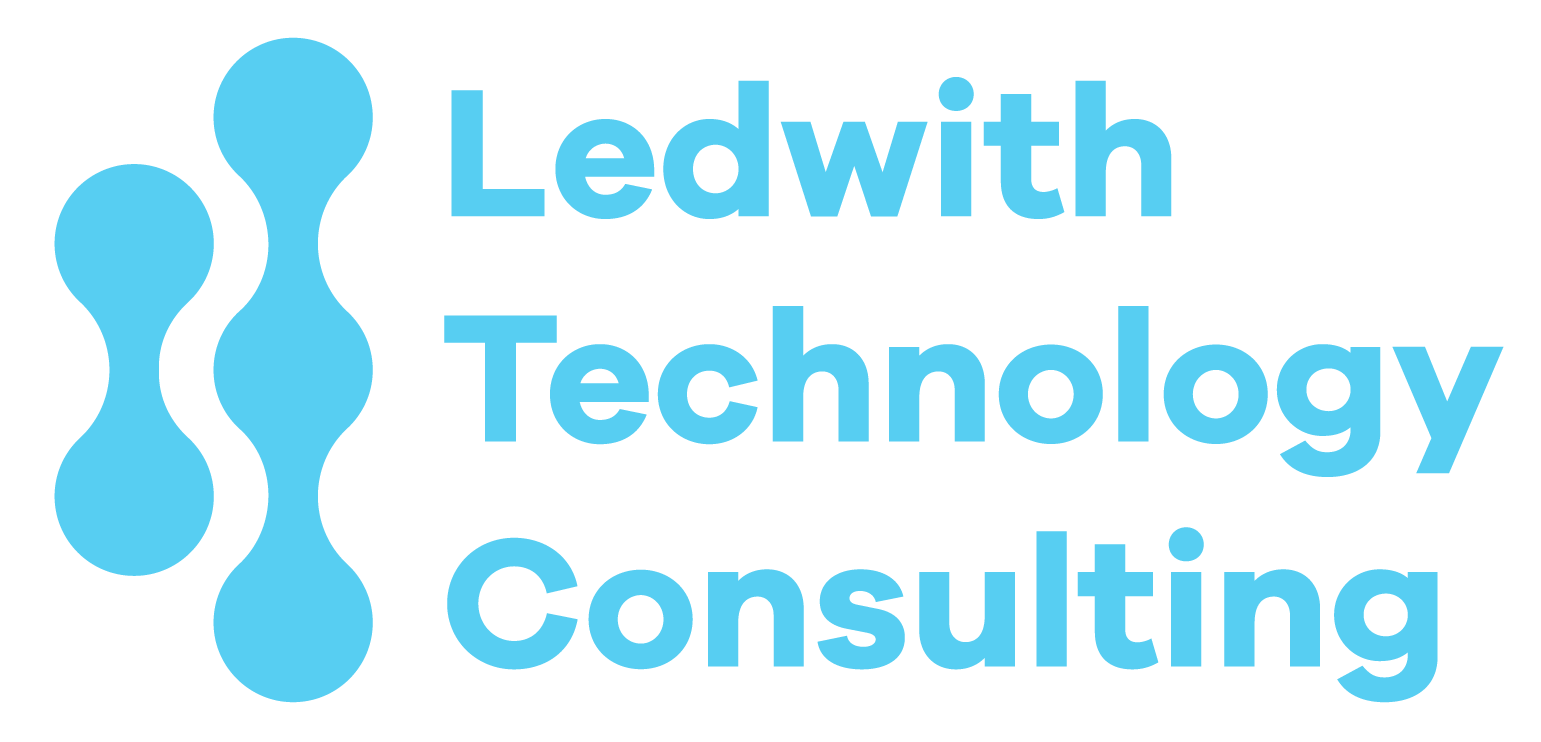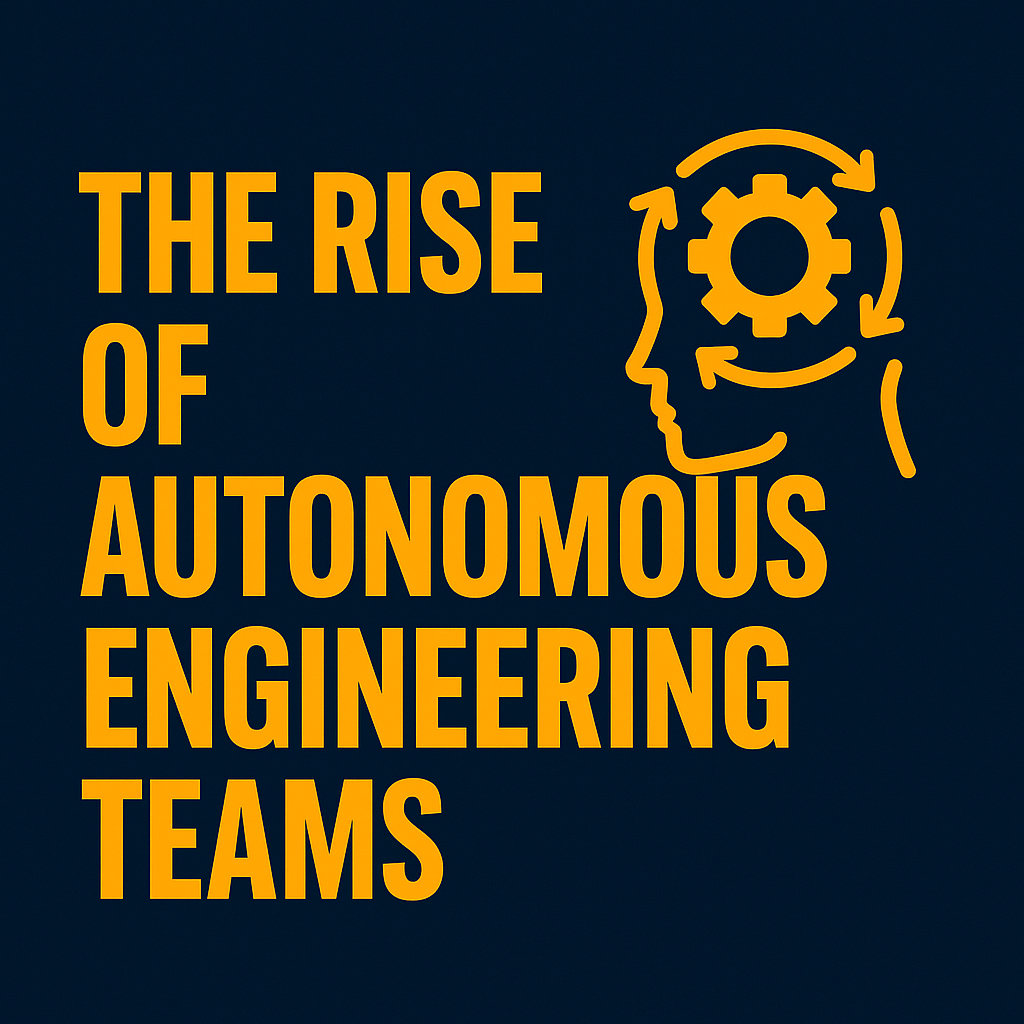By Stephen Ledwith January 8, 2025
Introduction
The role of enterprise technology leaders is shifting faster than ever. In the past, IT executives focused primarily on system stability, infrastructure, and cost control. Today, they must be product-driven strategists, aligning technology with business growth while keeping up with an ever-expanding digital landscape.
As we move into 2025, five key trends will define successful enterprise technology leadership. If you’re leading a technology organization—or aspiring to—these are the areas where you need to focus.
1. AI-Driven Decision-Making Becomes Essential

AI has been making waves in enterprise tech for years, but in 2025, its role will shift from an advantage to a necessity. Leaders must leverage AI not just for automation but also for real-time strategic decision-making.
What This Means for Tech Leaders
- AI-powered analytics will drive executive decisions on everything from product roadmaps to hiring strategies.
- AI will enhance security postures, proactively detecting and mitigating threats before they escalate.
- Organizations that fail to integrate AI into their workflows will struggle to keep up with competitors who do.
For enterprise leaders, the focus should be on ethical AI implementation—ensuring transparency, fairness, and accountability in AI-driven processes.
2. The End of Traditional IT Departments

Historically, IT was a separate department responsible for keeping the lights on. In 2025, IT will be fully embedded into business operations.
What This Means for Tech Leaders
- Technology teams will be product-focused, not project-focused. Instead of managing IT as a support function, companies will integrate technology teams directly into product development.
- The role of CIOs and CTOs will shift. These executives must act as business strategists, aligning technology investments directly with revenue goals.
- Low-code and no-code solutions will continue to rise. Business users will build solutions themselves, further reducing the need for traditional IT departments.
This shift means tech leaders must become educators—guiding non-technical teams in leveraging the right tools while maintaining security and compliance.
3. Cybersecurity Moves Beyond Compliance

Security is no longer just about compliance checklists. In 2025, organizations must assume constant threats and build resilience accordingly.
What This Means for Tech Leaders
- Zero Trust architectures will become the standard. Organizations must verify every access attempt, internally and externally.
- Data privacy laws will tighten worldwide. Leaders must take a proactive approach, not just reacting to new regulations but anticipating them.
- Cybersecurity will be everyone’s responsibility. Security training will extend beyond IT teams, becoming a core part of company culture.
For leaders, this means embedding security into the fabric of technology decisions rather than treating it as a separate initiative.
4. Remote & Hybrid Workforces Need Better Infrastructure

The pandemic forced remote work into the mainstream, and it’s not going away. By 2025, companies will invest heavily in improving the remote work experience.
What This Means for Tech Leaders
- Cloud-based collaboration tools will dominate. Organizations will phase out legacy on-premise solutions entirely.
- Security for remote teams will be a major priority. Expect more investment in endpoint security, VPN alternatives, and decentralized access control.
- Workplace flexibility will be an expectation, not a perk. Companies that fail to support remote work effectively will lose talent to those that do.
Leaders need to balance productivity, security, and culture—ensuring that teams can work efficiently while staying connected.
5. The Rise of Sustainable Technology Practices

Sustainability in tech is no longer just about corporate social responsibility—it’s becoming a core business strategy.
What This Means for Tech Leaders
- Data centers will prioritize energy efficiency. Expect a shift towards greener cloud computing providers.
- Software development will become more sustainable. Companies will optimize for energy-efficient coding to reduce unnecessary computing power.
- Regulatory pressure will increase. Governments will introduce more aggressive carbon footprint regulations for tech companies.
Tech leaders must factor sustainability into every technology decision, from infrastructure to software design.
Conclusion: The 2025 Tech Leader’s Playbook
Enterprise technology leadership is undergoing a transformation. To succeed in 2025, leaders must:
✅ Leverage AI for real-time decision-making
✅ Dissolve traditional IT silos and integrate tech into business strategy
✅ Go beyond compliance to build proactive cybersecurity defenses
✅ Invest in infrastructure that supports flexible, hybrid teams
✅ Embed sustainability into their technology stack
Technology is no longer a back-office function. It’s the driver of innovation, customer experience, and business success. Leaders who adapt quickly will shape the future—those who resist change will be left behind.
🚀 Are you ready for 2025? Let’s continue the conversation. Send me an email or connect with me on LinkedIn.




